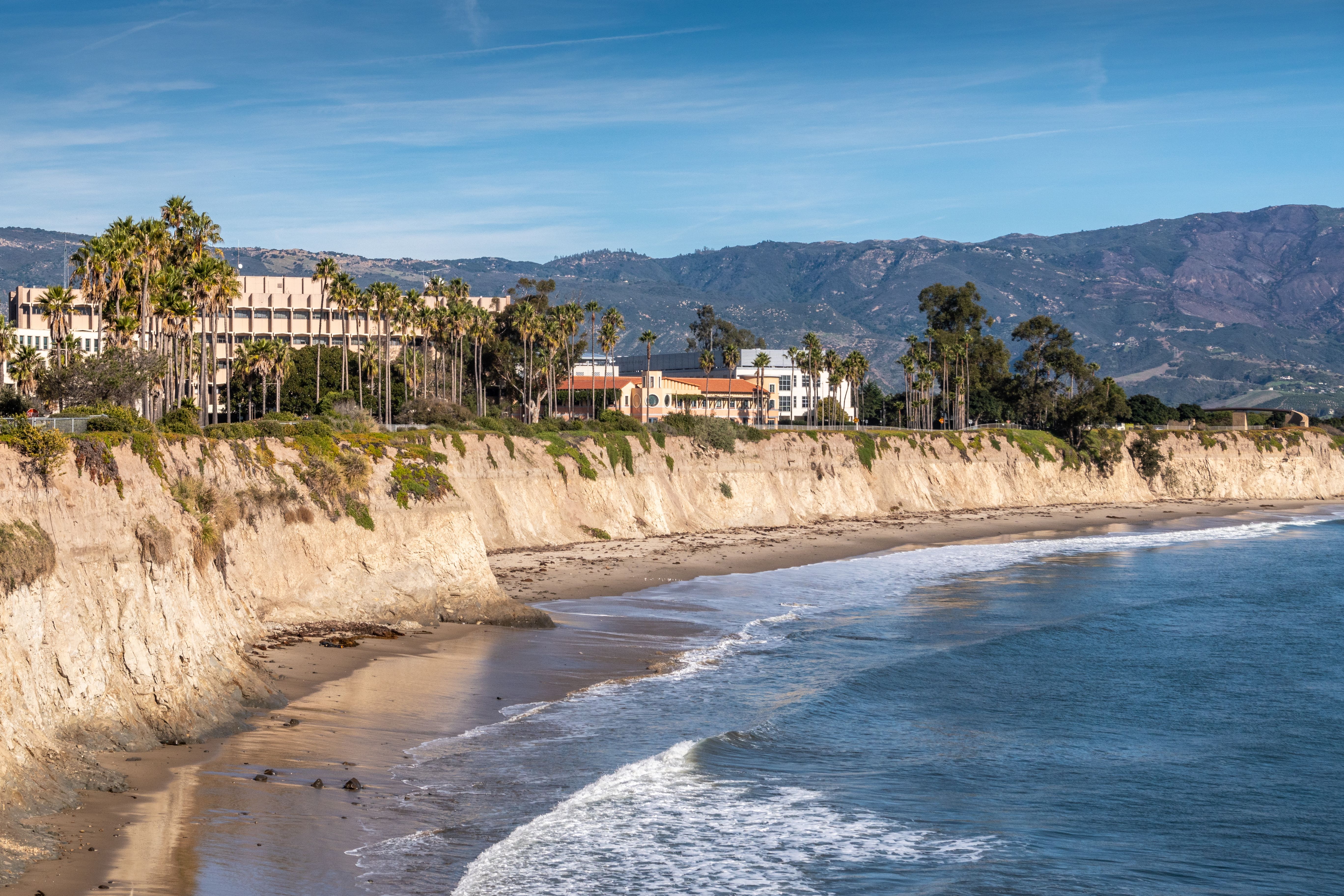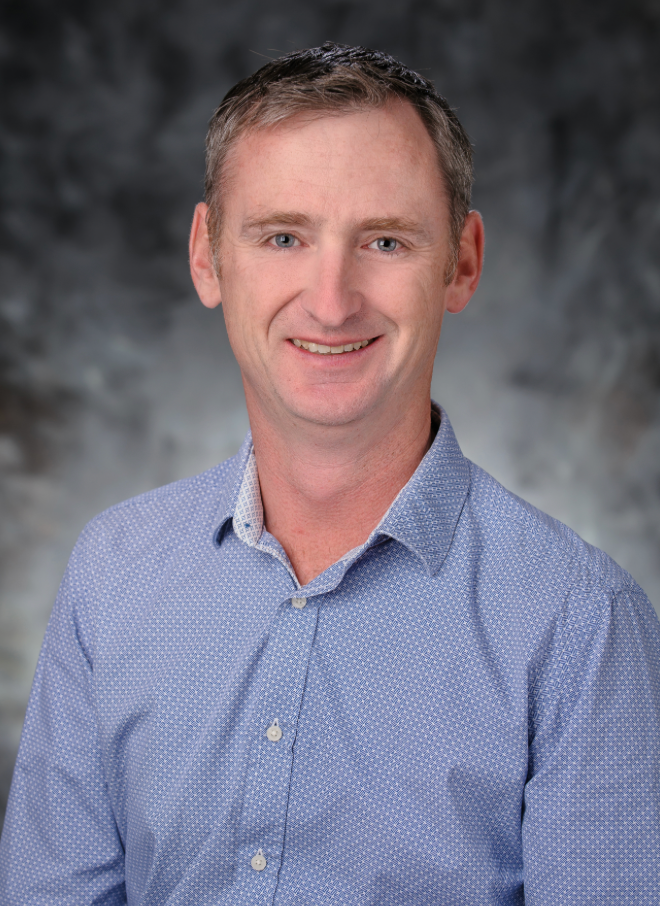Inside the Laboratory – The Petrochronology Group at University of California, Santa Barbara
Inside the Laboratory is a joint series with LCGC and Spectroscopy, profiling analytical scientists and their research groups at universities all over the world. This series will spotlight the current chromatographic and spectroscopic research their group is conducting, and the importance of their research in analytical chemistry and specific industries. In this edition of “Inside the Laboratory,” John Cottle, PhD, a professor of geology at the University of California, Santa Barbara, and a member of Spectroscopy’s Editorial Advisory Board, discusses his group’s most recent work using “laser ablation split steam” analysis to measure elemental concentrations and isotopic ratios in rocks and minerals.
The Petrochronology Laboratory is part of the University of California, Santa Barbara (UCSB) Department of Earth Science and Earth Research Institute. Research focuses on studying geochronologic and petrologic methods to identify and understand the spatial scale of processes that contribute to new formations in the continental crust. The group is particularly focused on studying the tectonic and metamorphic evolution in the Himalayas, Antarctica, and New Zealand, using laser ablation (LA) techniques to measure the composition of minerals and to determine their age.
UCSB, University California Santa Barbara. East side beige cliffs in front of several buildings. Blue ocean in front. Green foliage around. Hills on horizon and blue | Image Credit: © Klodien – stock.adobe.com

John Cottle is a professor, vice chair and graduate advisor, and interim director of the UCSB Natural Reserve System. He received his Bachelor of Science from the University of Otago, as well as his master’s degree from the University of Otago, before going on to achieve his doctorate degree in earth science at the University of Oxford. He has spent the last 14 years at UCSB, starting as an assistant professor before working his way up to Professor. Cottle recently gave a talk at the Winter Conference on Plasma Spectrochemistry titled, “High Spatial Resolution Elemental and Isotopic Image of Earth Materials Using LA-ICP-TOF-MS.”
Spectroscopy sat down with Cottle to follow up on his talk at the Winter Conference and ask about the research he and his group are doing in petrochronology.
John Cottle of the University of California, Santa Barbara. Photo Credit: © John Cottle

Can you talk about the analytical techniques that your group used in your most recent research project?
The petrochronology group at the University of California, Santa Barbara utilizes laser ablation inductively coupled plasma–mass spectrometry (LA-ICP-MS) to measure the geochemical composition and isotopic ages of a range of earth materials at the micron scale. Our focus is predominantly focused on understanding the rates and timescales of geologic events, including mountain building, the deformation of Earth's crust, the geochemical evolution of the lower crust, timescales of Rare Earth Element mineralization, and the interactions between climate and tectonics.
Our laboratory is known for pioneering a technique called "Laser Ablation Split Stream" analysis, in which the aerosol generated by the laser is split between two ICP mass spectrometers to measure combinations of measure elemental concentrations and isotope ratios. This analytical technique led to the development of the burgeoning field of “petrochronology,” or the interpretation of isotopic dates in the light of complementary geochemical/textural information gleaned from the same mineral(s).
Examples of our recent projects include:
- Determining the timing and duration of rare earth element mineralization at several locations in the southwestern United States;
- Refining the crystallization timescales and sources of granite plutons exposed in the high Himalaya;
- Documenting the thermal history of the lower crust in Tanzania, Antarctica, Siberia, and Montana; and
- Dating calcite in faults to understand their movement history.
Can you explain the importance of your research within the broader field of spectroscopy or in a specific industry/application?
Our research answers important questions across a range of earth science fields, including identifying sources of critical minerals, where, how, and when the Earth's crust is deformed, and the processes by which large mountain belts form and develop. Alongside our applied research, we work closely with LA and MS manufacturers to continuously improve and refine their instruments. These enhancements are useful for both our own research and the broader LA and MS communities.
How do you stay updated with advancements in spectroscopic techniques and technologies? Can you discuss a recent innovation or development that you find particularly impactful or exciting?
The smaller conferences like the Winter Plasma meeting, and the North American and European Laser Ablation Workshops provide engaging venues to meet other practitioners and instrument vendors. We are also lucky to have a large number of researchers visit our facility to collect data, so we are continually exposed to a wide variety of new ideas. Our visitors often challenge us to further improve our instrumentation and techniques to make ever more complex and difficult measurements.
We recently received National Science Foundation Major Research Instrumentation (MRI) award to purchase a new integrated time-of-flight (TOF) ICP-MS and LA system. We are excited by the potential of this new instrumentation to produce rapid three-dimensional images of elemental and isotopic variations in geological and biological materials at the micron scale. The TOF can scan the entire mass spectrum from sodium to uranium in less than 30 microseconds, and to produce quantitative images at a rate of up to 1000 pixels per second at detection limits in the parts-per-million (ppm) range. We think this technique has high untapped potential in the field of earth science. Our initial research objectives include dating complex zoned minerals to understand a range of magmatic, metamorphic, sedimentary, and tectonic processes, and characterizing the often-complex distribution of uranium in carbonates to obtain better U-Pb ages and thereby retrieving detailed paleoclimate proxy records.
High-Speed Laser MS for Precise, Prep-Free Environmental Particle Tracking
April 21st 2025Scientists at Oak Ridge National Laboratory have demonstrated that a fast, laser-based mass spectrometry method—LA-ICP-TOF-MS—can accurately detect and identify airborne environmental particles, including toxic metal particles like ruthenium, without the need for complex sample preparation. The work offers a breakthrough in rapid, high-resolution analysis of environmental pollutants.
Investigating ANFO Lattice Vibrations After Detonation with Raman and XRD
February 28th 2025Spectroscopy recently sat down with Dr. Geraldine Monjardez and two of her coauthors, Dr. Christopher Zall and Dr. Jared Estevanes, to discuss their most recent study, which examined the crystal structure of ammonium nitrate (AN) following exposure to explosive events.
Distinguishing Horsetails Using NIR and Predictive Modeling
February 3rd 2025Spectroscopy sat down with Knut Baumann of the University of Technology Braunschweig to discuss his latest research examining the classification of two closely related horsetail species, Equisetum arvense (field horsetail) and Equisetum palustre (marsh horsetail), using near-infrared spectroscopy (NIR).